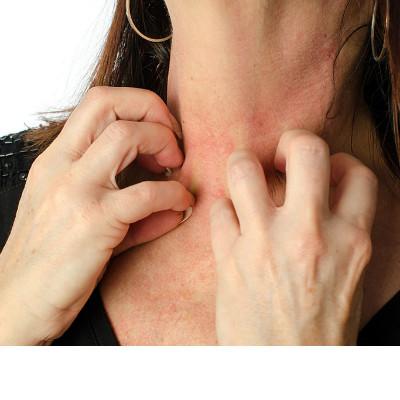Where can lacrimal passage flush not correctly break through
summary
Lacrimal duct irrigation is widely used in clinic now, and it can be well rinsed through certain methods. But because the lacrimal passage contains many important tissues and organs, if we don't pay attention in the process of lacrimal passage flushing, it is likely to break through some tissues. Let's talk about what will break through if the lacrimal passage flushing is not correct.
Where can lacrimal passage flush not correctly break through
First, lacrimal passage includes lacrimal point, lacrimal canaliculus, lacrimal sac and nasolacrimal duct. The lacrimal point is located on the papillary eminence of the inner canthus of the palpebral margin. The position of the upper lacrimal point is slightly inward than that of the lower lacrimal point. Epiphora is often caused by the displacement of lacrimal point. Lacrimal canaliculi are the canaliculi between lacrimal point and lacrimal sac, which are divided into upper and lower canaliculi. The lateral part of each lacrimal canaliculus first forms a vertical direction with the palpebral margin, and then turns inward nearly at a right angle. The two lacrimal canaliculi converge into the common lacrimal duct, and then opens at the upper part of the lacrimal sac.

Second, the lacrimal sac is a membranous sac located in the anterior and inferior lacrimal fossa of the medial orbital wall. The upper end of the lacrimal sac closed into a blind end, about 3 ~ 5mm above the inner canthus. The lower end of the nasolacrimal duct. The length of lacrimal sac is about 1.2cm and the width is 0.4 ~ 0.7cm. The muscle fibers of orbicularis oculi muscle wrap around the lacrimal sac and canaliculus, which can contract and expand the lacrimal sac and promote the discharge of tears. The nasolacrimal duct is a membranous tube connecting the lower end of the dacryocyst. The upper part is embedded in the bony lumen, and the lower part gradually narrows into the mucosa of the lateral wall of the nose, opening in the lateral wall of the inferior meatus. Because the nasal mucosa and nasolacrimal duct mucosa continue, so nasal inflammation can spread up to nasolacrimal duct.

Third: insert the needle into the lacrimal point. 2. The posture refers to the patient's sitting or lying position, facing the operator. The needle was inserted vertically into the lacrimal point, about 1.5 ~ 2.0 mm deep, and then rotated 90 degrees. Make the tip of the needle face to the nasal side, that is, the long end of the needle is parallel to the dangerous edge. The tip of the needle moves slowly along the lacrimal canaliculus. If there is no resistance, it can advance 5 ~ 6 mm. Push the liquid into the pipe evenly and properly. When flushing, if the resistance is large, there is countercurrent or outflow from another lacrimal canaliculus, it means that the lacrimal passage is blocked.

matters needing attention
Because the eye is a sensitive part, and for lacrimal irrigation, it will insert the needle vertically into the lacrimal point. Different parts of the lacrimal passage block the direction of the liquid countercurrent is also different, pay attention to the depth of the needle, so as not to damage the mucosa. Lacrimal sac and other parts of the lacrimal sac may also have no attention.











